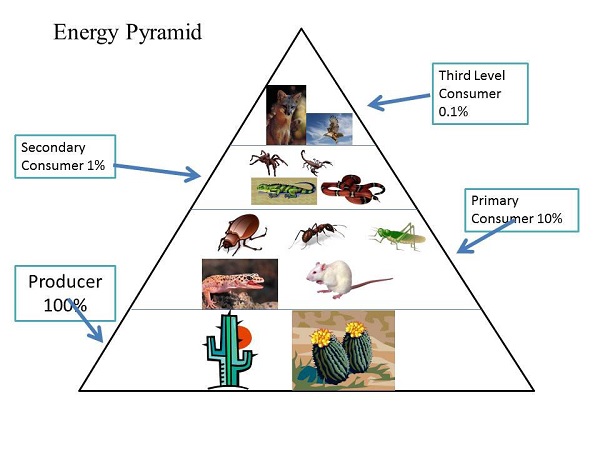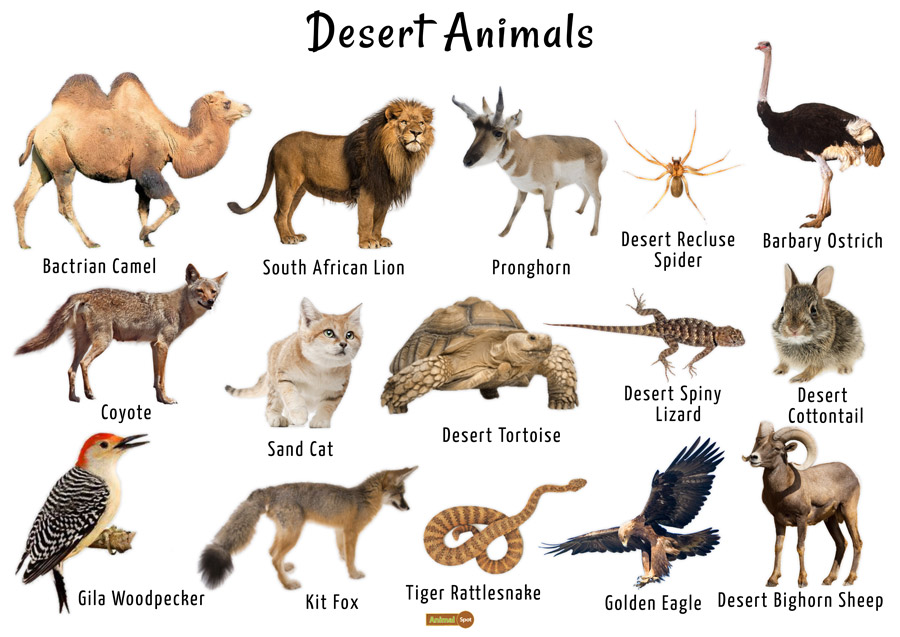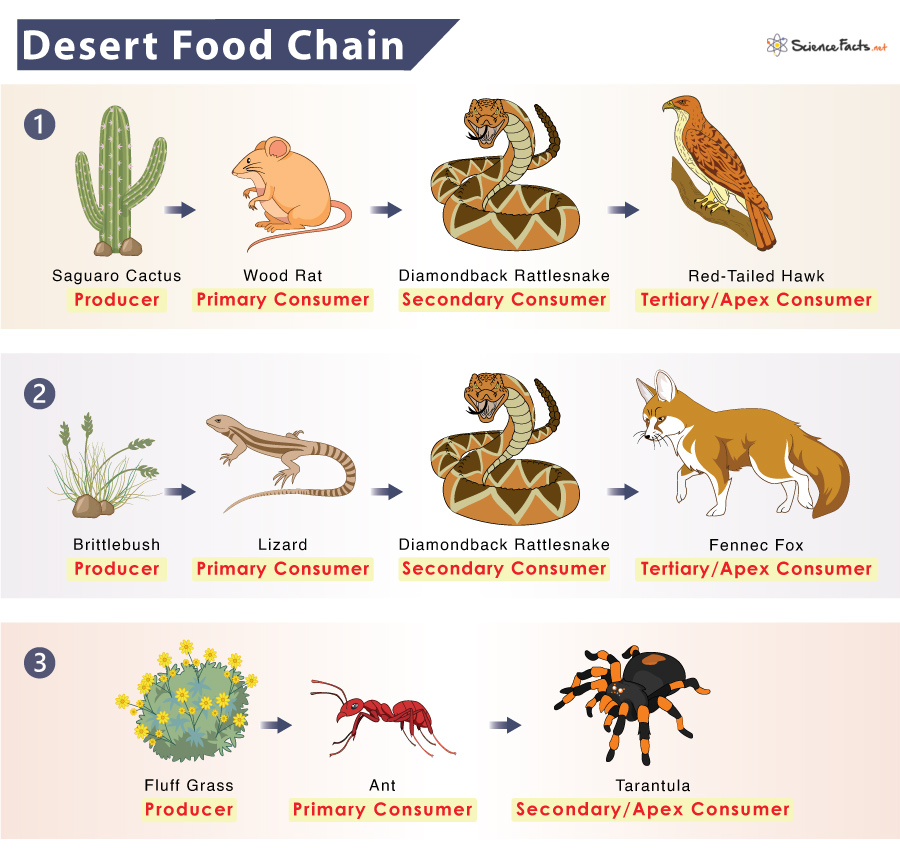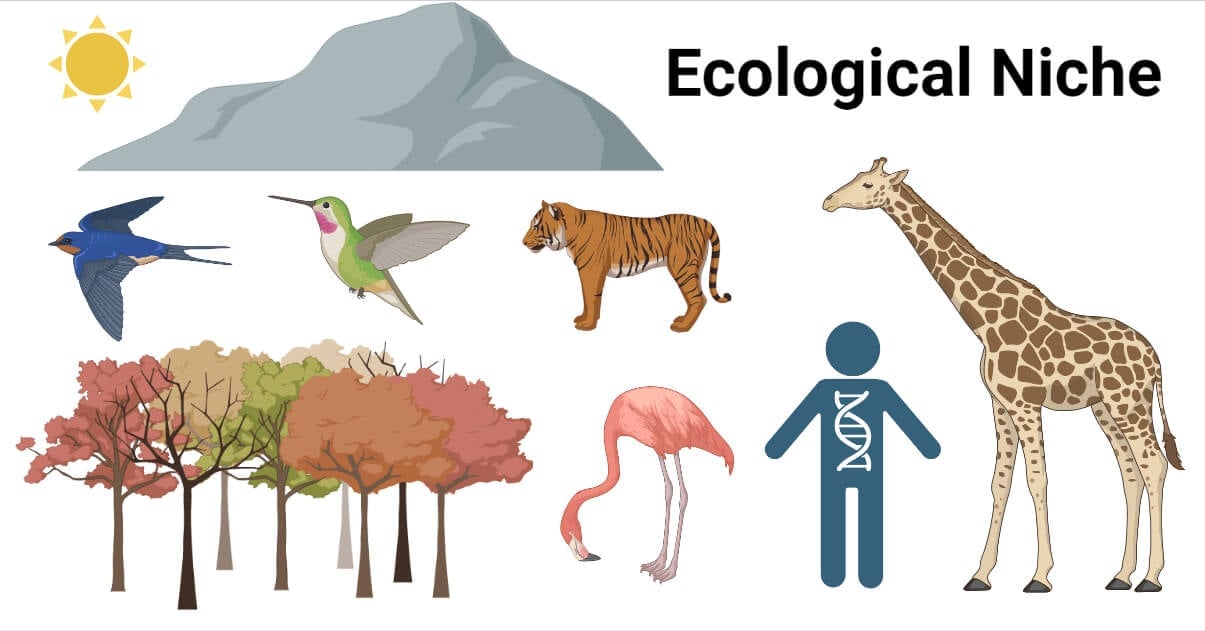Topic hot desert ecosystem: Welcome to the mesmerizing world of hot desert ecosystems! Dive into the intricate web of life thriving in these seemingly harsh environments. Discover the remarkable adaptations, ecological significance, and the pressing challenges faced by these unique habitats.
Table of Content
- What types of plants and animals can be found in a hot desert ecosystem?
- Overview of Hot Desert Ecosystems
- Adaptations of Flora and Fauna
- Climate Characteristics and Weather Patterns
- YOUTUBE: What is Desert Ecosystem - Causes of Formation, Flora & Fauna
- Geographical Distribution and Types of Deserts
- Ecological Importance of Deserts
- Human Impact and Conservation Efforts
- Biodiversity: Species Diversity in Hot Deserts
- Challenges Facing Hot Desert Ecosystems
- Role of Deserts in Global Climate Regulation
- Future Directions for Research and Preservation
What types of plants and animals can be found in a hot desert ecosystem?
In a hot desert ecosystem, you can find a variety of unique plants and animals that have adapted to survive in the harsh and arid environment. Some common plants and animals include:
- Plants:
- Cacti: such as saguaro, barrel, and prickly pear cacti, which have adapted to store water in their fleshy stems and survive in low moisture conditions.
- Desert shrubs: like creosote bush, mesquite, and sagebrush, which have deep root systems to access water deep underground.
- Wildflowers: some desert regions experience occasional bursts of colorful wildflowers after rainfall, such as desert marigold and desert sunflower.
- Animals:
- Reptiles: including lizards such as the Gila monster and desert iguana, as well as snakes like the sidewinder and rattlesnake.
- Small mammals: like kangaroo rats, desert foxes, and kit foxes, which are nocturnal to avoid the heat of the day.
- Birds: such as roadrunners, burrowing owls, and various species of hawks and eagles that hunt in the open desert landscape.
- Insects: beetles, ants, and scorpions are common in hot deserts, with some species having adaptations to minimize water loss.
READ MORE:
Overview of Hot Desert Ecosystems
Hot desert ecosystems, characterized by arid landscapes and scorching temperatures, are home to a diverse array of life forms uniquely adapted to survive in harsh conditions.
In these environments, vegetation is typically sparse, with specialized plants such as cacti, succulents, and drought-resistant shrubs dominating the landscape.
Animal life in hot deserts showcases remarkable adaptations, including nocturnal activity, efficient water conservation mechanisms, and heat tolerance.
Despite the extreme conditions, hot desert ecosystems support a surprising variety of organisms, from insects and reptiles to birds and mammals, each playing a crucial role in the delicate balance of the ecosystem.
The scarcity of water in hot deserts poses a significant challenge for both flora and fauna, leading to ingenious survival strategies such as deep root systems, water storage tissues, and behavioral adaptations.
Human interactions with hot desert ecosystems, including urbanization, agriculture, and tourism, continue to impact these fragile environments, highlighting the need for conservation efforts and sustainable practices to preserve their biodiversity and ecological integrity.
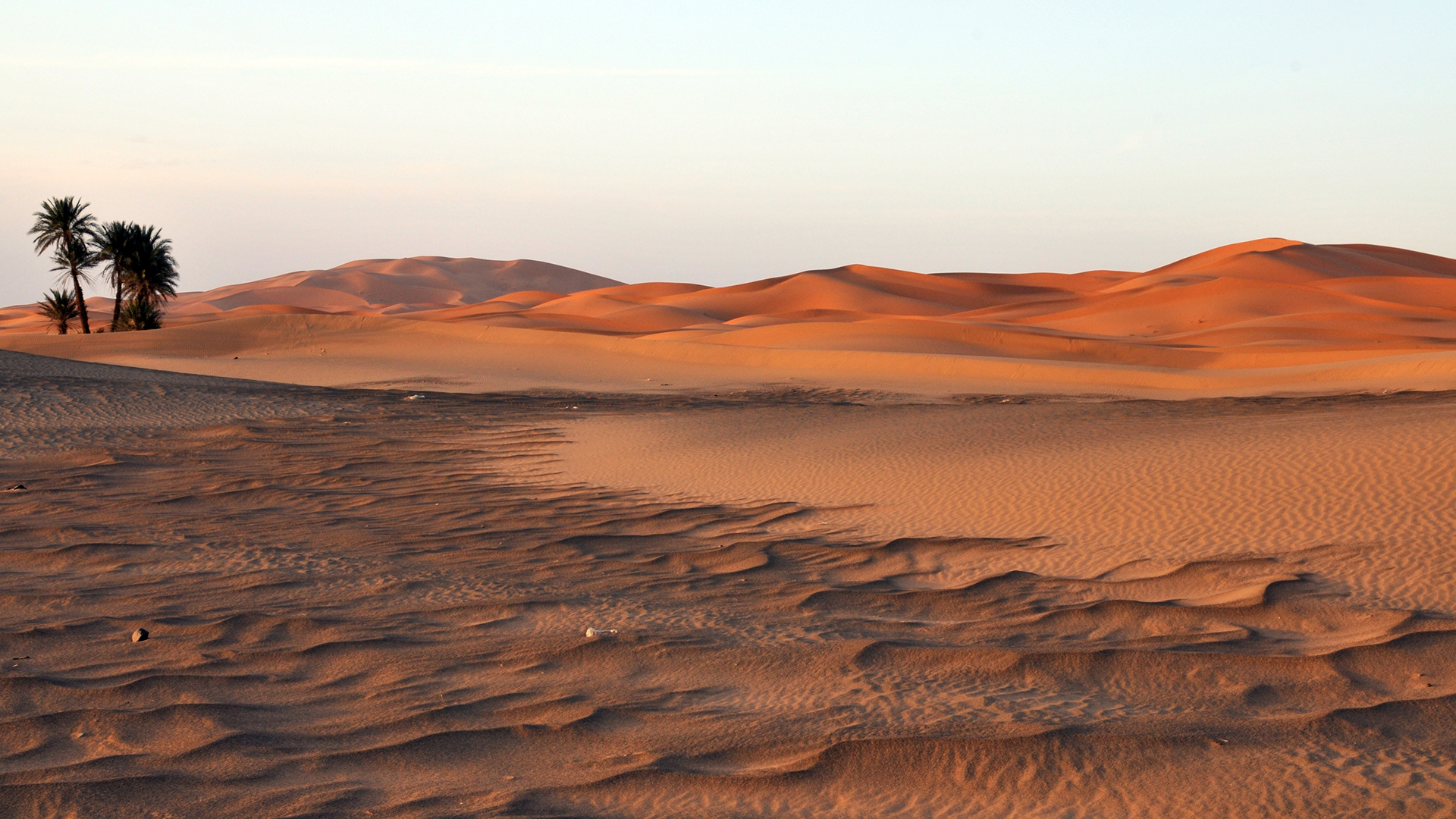
Adaptations of Flora and Fauna
In hot desert ecosystems, flora and fauna have evolved remarkable adaptations to thrive in extreme conditions.
Flora:
- Succulence: Many desert plants, such as cacti and succulents, store water in their fleshy tissues to survive long periods of drought.
- Deep Root Systems: Plants develop extensive root systems to access water deep underground, enabling them to withstand dry spells.
- Reduced Leaf Surface: Some plants have small or no leaves to minimize water loss through transpiration.
- Waxy Coatings: The leaves of certain desert plants are coated with waxes or resins to reduce water loss through evaporation.
- Drought-Deciduousness: Certain desert plants shed their leaves during dry seasons to conserve water and reduce moisture loss.
Fauna:
- Nocturnal Behavior: Many desert animals, including rodents, reptiles, and insects, are nocturnal to avoid the intense heat of the day.
- Water Conservation: Desert animals have developed various mechanisms to conserve water, such as highly efficient kidneys, concentrated urine, and minimal sweat production.
- Burrowing: Some desert species, like the kangaroo rat, live in underground burrows to escape the heat and reduce water loss.
- Heat Tolerance: Certain desert animals, such as camels and desert tortoises, are adapted to withstand high temperatures through physiological and behavioral adaptations.
- Camouflage: Many desert animals have evolved cryptic coloration to blend in with their surroundings and avoid predators.
These adaptations highlight the incredible resilience and ingenuity of life in hot desert ecosystems, allowing plants and animals to thrive despite challenging environmental conditions.
Climate Characteristics and Weather Patterns
Hot desert ecosystems are characterized by distinct climate features and weather patterns that shape their unique environments.
Climate Characteristics:
- High Temperatures: Hot deserts experience scorching temperatures during the day, often exceeding 100°F (37.8°C), while nights can be considerably cooler.
- Low Humidity: These regions typically have low humidity levels, leading to rapid evaporation and limited precipitation.
- Extreme Aridity: Hot deserts are among the driest places on Earth, receiving minimal rainfall throughout the year.
- Large Temperature Variations: The lack of moisture in the air results in significant temperature fluctuations between day and night.
Weather Patterns:
- Clear Skies: Hot deserts often have clear, sunny skies with minimal cloud cover, allowing for intense solar radiation.
- Occasional Rainfall: While rainfall is scarce in hot deserts, occasional thunderstorms may occur, bringing brief but intense precipitation.
- Wind Erosion: Strong winds are common in desert regions, leading to erosion and the formation of distinctive landforms like sand dunes.
- Dust Storms: Dust storms can arise when strong winds lift loose sand and dust particles into the air, reducing visibility and impacting local ecosystems.
Despite the harsh climate conditions, hot desert ecosystems support a surprising variety of life, showcasing the resilience of flora and fauna adapted to thrive in these challenging environments.
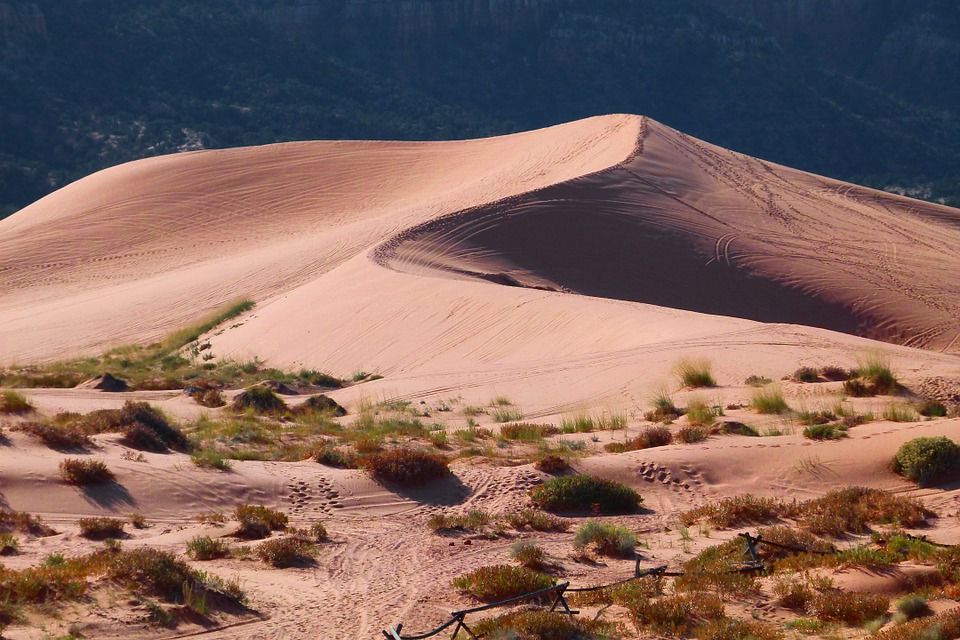
What is Desert Ecosystem - Causes of Formation, Flora & Fauna
Formation: \"Unveil the stunning process of artistic formation in this captivating video, where creativity meets skill to craft masterpieces. Witness the meticulous attention to detail and passion behind each creation.\" Presentation: \"Prepare to be mesmerized by the power of impactful presentation in this video that showcases the art of communication. Experience the artistry of delivering compelling messages with confidence and charisma.\"
Geographical Distribution and Types of Deserts
Deserts cover approximately one-fifth of the Earth"s land surface and are found across various continents, each with unique characteristics.
Types of Deserts:
- Hot Deserts: Hot deserts, such as the Sahara in Africa, the Arabian Desert in the Middle East, and the Mojave Desert in North America, are known for their high temperatures and low precipitation.
- Cold Deserts: Cold deserts, like the Gobi Desert in Asia and the Great Basin Desert in North America, experience colder temperatures, especially during winter, with sparse vegetation adapted to extreme cold.
- Coastal Deserts: Coastal deserts, such as the Atacama Desert in South America and the Namib Desert in Africa, are influenced by coastal fog and have unique ecosystems adapted to the combination of aridity and marine influence.
- Semiarid Deserts: Semiarid deserts, like the Chihuahuan Desert in North America and the Kalahari Desert in Africa, receive slightly more rainfall than hot deserts but still have limited vegetation and high temperatures.
Geographical Distribution:
Deserts are found in regions known as "desert belts," typically located around 30 degrees latitude north and south of the equator. However, deserts can also be found at higher latitudes and in interior continental regions.
Major desert regions include the Sahara Desert in Africa, the Arabian Desert in the Middle East, the Australian Outback, and the deserts of the southwestern United States.
Despite their harsh conditions, deserts are home to a surprising diversity of life, adapted to thrive in arid environments through specialized adaptations and survival strategies.
Desert Ecosystem Presentation | Desert Plants and Animals | Hot and Cold Deserts
This presentation is All about desert, it\'s divisions, hot and cold desert, desert Ecosystem flora and fauna of desert, abiotic factor, ...
Ecological Importance of Deserts
Deserts play a crucial role in global ecosystems, contributing to biodiversity, climate regulation, and the overall health of the planet.
Biodiversity Hotspots:
- Deserts support a surprisingly diverse array of plant and animal species, many of which are endemic and found nowhere else on Earth.
- Endangered species, such as the desert tortoise and Arabian oryx, rely on desert habitats for survival, highlighting the ecological importance of these regions.
- Desert ecosystems provide essential habitat for migratory birds, insects, and other wildlife, contributing to global biodiversity.
Climate Regulation:
- Deserts play a vital role in regulating global climate patterns by influencing atmospheric circulation and heat distribution.
- Desert vegetation helps stabilize soil, preventing erosion and maintaining carbon storage, which contributes to climate change mitigation.
- Furthermore, deserts act as carbon sinks, absorbing and sequestering carbon dioxide from the atmosphere.
Water Cycle:
- Despite their arid reputation, deserts are integral to the water cycle, serving as catchment areas for rainfall and contributing to groundwater recharge.
- Desert plants and animals have evolved specialized adaptations to maximize water retention and minimize loss, further enhancing water conservation efforts.
- Protecting desert ecosystems is essential for ensuring sustainable water resources and preserving hydrological balance.
Overall, recognizing the ecological importance of deserts is critical for promoting conservation efforts and sustainable management practices to safeguard these unique and valuable habitats for future generations.

Human Impact and Conservation Efforts
Human activities have significant impacts on hot desert ecosystems, but conservation efforts are underway to protect these fragile environments.
Human Impact:
- Urbanization: The expansion of cities and infrastructure in desert regions leads to habitat destruction, fragmentation, and loss of biodiversity.
- Agriculture: Agricultural practices, such as irrigation and livestock grazing, can degrade desert soils, deplete water resources, and disrupt native plant and animal communities.
- Resource Extraction: Mining, oil drilling, and other extractive industries can cause habitat disturbance, pollution, and habitat fragmentation, threatening desert wildlife and ecosystems.
- Tourism: Uncontrolled tourism can lead to habitat degradation, littering, disturbance of wildlife, and pressure on fragile desert ecosystems.
Conservation Efforts:
- Protected Areas: Establishing and managing protected areas, such as national parks and wildlife reserves, help conserve desert habitats and safeguard native species.
- Restoration Projects: Restoration initiatives focus on rehabilitating degraded desert lands, restoring native vegetation, and enhancing ecosystem resilience.
- Community Engagement: Involving local communities in conservation efforts fosters stewardship, promotes sustainable land use practices, and supports livelihoods.
- Education and Awareness: Raising awareness about the importance of desert ecosystems and the threats they face encourages public support for conservation initiatives and responsible behavior.
By addressing human impacts and implementing effective conservation strategies, we can ensure the long-term sustainability and resilience of hot desert ecosystems for future generations.
Biodiversity: Species Diversity in Hot Deserts
Despite their harsh conditions, hot deserts boast remarkable biodiversity, with a myriad of species uniquely adapted to thrive in extreme environments.
Flora:
- Hot deserts are home to a variety of plant species specially adapted to conserve water and withstand high temperatures.
- Characteristic desert plants include succulents like cacti and agaves, drought-resistant shrubs, and ephemeral annuals that bloom after rare rainfall events.
- Some desert plants have deep root systems to access underground water sources, while others rely on specialized mechanisms like CAM photosynthesis to minimize water loss.
Fauna:
- Desert fauna exhibit diverse adaptations to survive in arid environments, including nocturnal activity, efficient water conservation, and heat tolerance.
- Iconic desert animals include camels, kangaroo rats, desert tortoises, sidewinder snakes, and various species of lizards and insects.
- Migratory birds rely on desert oases and seasonal water sources for breeding and feeding, contributing to the overall biodiversity of desert ecosystems.
Microorganisms:
- Microscopic life forms such as bacteria, fungi, and algae play crucial roles in desert ecosystems, contributing to nutrient cycling, soil formation, and plant health.
- Extremophiles thrive in extreme desert conditions, including hyper-arid environments and high temperatures, showcasing the adaptability of life in hot deserts.
- Microbial communities in desert soils are essential for maintaining ecosystem functions and supporting the survival of larger desert organisms.
The rich biodiversity of hot deserts underscores the resilience and complexity of these ecosystems, highlighting the importance of conservation efforts to protect and preserve desert habitats and their inhabitants.

Challenges Facing Hot Desert Ecosystems
Hot desert ecosystems face a range of challenges that threaten their delicate balance and the survival of their unique flora and fauna.
Water Scarcity:
- One of the most significant challenges is the scarcity of water, with hot deserts receiving minimal rainfall and relying on sparse water sources like oases and seasonal rivers.
- Climate change exacerbates water scarcity, leading to more frequent droughts and diminishing water availability for desert organisms.
Habitat Degradation:
- Human activities such as urbanization, agriculture, and resource extraction lead to habitat loss, fragmentation, and degradation, threatening desert ecosystems and biodiversity.
- Overgrazing by livestock and off-road vehicle use further degrade desert habitats, disrupting soil stability and native plant communities.
Invasive Species:
- Invasive plant species like tamarisk and buffelgrass outcompete native vegetation, altering desert ecosystems and reducing habitat quality for native wildlife.
- Invasive animals, such as feral pigs and cats, prey on native species and disrupt ecosystem dynamics, posing a significant threat to desert biodiversity.
Climate Change:
- Rising temperatures and changing precipitation patterns associated with climate change pose challenges for desert organisms adapted to specific environmental conditions.
- Increased frequency and intensity of heatwaves, wildfires, and extreme weather events further stress desert ecosystems, exacerbating existing challenges.
Addressing these challenges requires concerted efforts in conservation, sustainable land management, and climate change mitigation to ensure the long-term viability of hot desert ecosystems and the myriad species that call them home.
Role of Deserts in Global Climate Regulation
Deserts play a crucial role in regulating the Earth"s climate, influencing weather patterns, atmospheric circulation, and heat distribution on a global scale.
Heat Sink:
- During the day, deserts absorb vast amounts of solar radiation due to their dry, barren landscapes and lack of vegetation, becoming significant heat sinks.
- This absorption of heat contributes to the formation of high-pressure systems over desert regions, influencing atmospheric circulation and weather patterns.
Atmospheric Circulation:
- Deserts contribute to the formation of Hadley cells, large-scale atmospheric circulation patterns that play a crucial role in redistributing heat from the equator to the poles.
- As warm air rises over equatorial regions, it cools, condenses, and descends over subtropical deserts, creating arid conditions and high-pressure systems.
Weather Patterns:
- Deserts influence the formation of global weather patterns by shaping the movement of air masses, the distribution of moisture, and the development of weather systems.
- Warm air masses originating from deserts can lead to the formation of dry, hot conditions in adjacent regions, influencing regional climates and weather events.
Carbon Sequestration:
- Despite their sparse vegetation, desert ecosystems play a role in carbon sequestration by storing carbon in soils and vegetation, helping mitigate climate change.
- Desert soils act as carbon sinks, storing organic matter and reducing atmospheric carbon dioxide levels, albeit on a smaller scale compared to forests and other ecosystems.
Understanding the role of deserts in global climate regulation is essential for modeling climate dynamics, predicting future climate trends, and implementing effective climate change mitigation strategies.

READ MORE:
Future Directions for Research and Preservation
The future of hot desert ecosystems relies on continued research and proactive preservation efforts to address emerging challenges and protect these valuable habitats.
Research Priorities:
- Climate Change Impacts: Investigating the specific impacts of climate change on desert ecosystems, including shifts in species distributions, phenology changes, and ecosystem dynamics.
- Water Resources: Studying water availability and usage patterns in deserts to develop sustainable water management strategies and enhance resilience to drought and water scarcity.
- Biodiversity Conservation: Assessing the status of desert flora and fauna, identifying key threats, and prioritizing conservation actions to safeguard biodiversity hotspots.
- Adaptation Strategies: Developing and implementing adaptation strategies for desert species and ecosystems to cope with changing environmental conditions and human disturbances.
Preservation Initiatives:
- Habitat Protection: Expanding protected areas and establishing wildlife corridors to conserve critical habitats and facilitate species movement in response to climate change.
- Community Engagement: Engaging local communities in conservation efforts through education, capacity building, and sustainable livelihood initiatives to promote stewardship and support conservation goals.
- Policy Advocacy: Advocating for policy measures at local, national, and international levels to integrate desert conservation priorities into land-use planning, development projects, and climate change mitigation strategies.
- Public Awareness: Increasing public awareness and appreciation of hot desert ecosystems through outreach programs, ecotourism, and media campaigns to garner support for conservation and research endeavors.
By investing in research, fostering collaboration among stakeholders, and implementing effective preservation strategies, we can ensure the long-term sustainability and resilience of hot desert ecosystems for future generations.
Explore the captivating world of hot desert ecosystems, where resilience meets biodiversity. From remarkable adaptations to pressing conservation needs, journey through these arid landscapes and discover the intricate web of life thriving against all odds.

